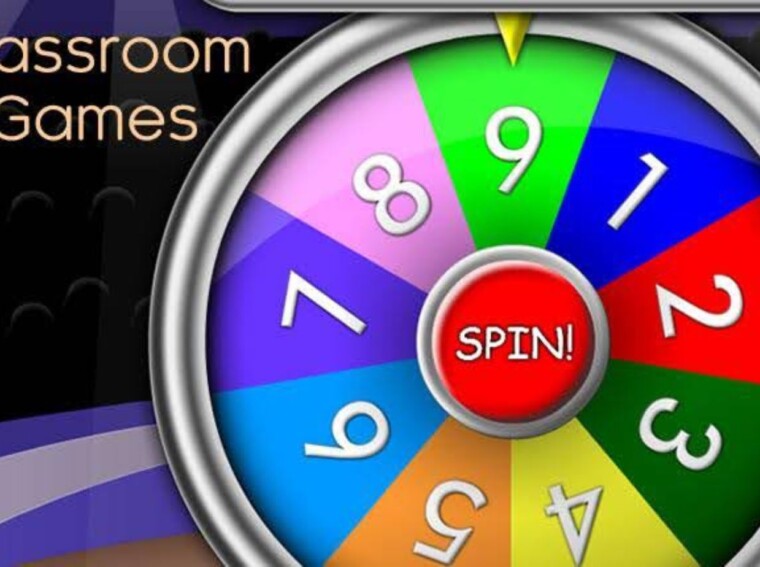Scroll through any app store, and it’s clear: simple games are dominating. Whether it’s a one-tap ball drop, a colorful tile puzzle, or a minimalistic crash game where timing is everything, players are gravitating toward games that don’t need tutorials, strategy guides, or 45-minute loading screens.
Sites like Bethap even track the growing popularity of these formats, especially as they cross into casino-style gaming and real money play.
So – what’s behind the rise of these no-fuss, easy-to-play experiences? It’s not just about short attention spans. Simple games have tapped into something deeper: pure satisfaction. Let’s break down why they’re taking over right now, and why that probably won’t change anytime soon.
Easy to Pick Up, Hard to Put Down
One of the biggest draws of simple games is how instant they are. There’s no “learning curve.” You open the app, tap a button, and you’re playing. That accessibility removes friction and gives players what they want: quick fun without needing to think too hard.
Whether it’s a matching puzzle, a tap-to-jump endless runner, or a crash-style game where you cash out before the multiplier explodes, the goal is clear and the gameplay loop is tight.
That loop – action, reward, repeat – is what hooks players. It feels good to win. It feels even better to win quickly.
Perfect for Short Sessions
Not everyone has the time (or energy) to dive into a 40-minute multiplayer match or a complex open-world RPG after work. Simple games fill the gap as people love short sessions. They’re perfect for playing in line at the store, during a lunch break, or while zoning out on the couch.
They don’t demand your full attention. They let you play for two minutes, or two hours, without pressure. That flexibility has become a key selling point, especially for mobile players who value convenience over complexity.
Designed for Dopamine
Simple games are built to feel good. The animations, the sounds, the speed, it’s all tuned to trigger satisfaction. Win a round? Here’s a blast of confetti and a shiny coin sound. Lose? Tap again and you’re instantly back in.
This isn’t accidental. Game designers study how to create feedback loops that reward players often and consistently. Whether it’s leveling up, unlocking a skin, or doubling your points with a lucky move, it all ties into the same reward system that makes social media or scrolling TikTok addictive.
Games like these understand the psychology, and they use it well.
No Commitment Needed

Another reason simple games are winning right now? Zero pressure.
There are no teammates yelling over voice chat. No ranking system stressing you out. No guilt if you don’t log in for a few days. You play when you want, for as long as you want. There’s no guilt, no grind, just play and enjoy.
That casual freedom is especially appealing in a time when everything else in life feels like a to-do list. People are using games as a way to unwind, not as another system to manage.
Gamified Rewards That Keep You Coming Back
Even the simplest games today come with layers of progression: unlockables, streak bonuses, achievement badges, or limited-time challenges. These subtle systems give you something to work toward without overwhelming you.
That blend, easy to start, but with just enough rewards to keep things interesting, is what keeps players coming back. It’s not just about winning. It’s about feeling like every tap or swipe matters.
And because you don’t need hours to progress, that sense of accomplishment happens fast.
Social Sharing Without the Pressure
Simple games are surprisingly social, not in the traditional multiplayer sense, but in how players talk about them, post wins, or challenge friends to beat their scores. The competition is casual. No one’s arguing about meta strategies or leaderboard rankings. It’s just “Can you beat this?”
That’s refreshing. It makes gaming feel light again.
The Rise of Hybrid-Casual and Real Money Variants
Many simple games are evolving into what developers call hybrid-casual, easy to start, but with deeper mechanics or real-world stakes layered in.
For example, crash games (where you try to cash out before a multiplier crashes) are gaining traction fast. They’re ultra-simple in concept but loaded with tension and strategy. These games have been popularized by crypto casino platforms and mobile sites that blend casual gaming with optional real money play.
That’s where platforms like online casinos come into the picture. They’ve made games like Plinko, Dice, or Crash wildly popular by offering the same one-click simplicity, but with the potential to win (or lose) actual money. And for players looking for a thrill without the clutter of traditional games, that’s a big draw.
People Want Control and Instant Gratification
We live in a world of on-demand everything, streaming, food delivery, shopping. Why would gaming be any different?
Simple games offer instant gratification. No log-in bonuses, no slow tutorial phase, no equipment crafting. Just tap and go. Players can control how much time (and energy) they invest. And in an era when time feels like the most valuable currency, that kind of control matters.
Nostalgia Plays a Role Too
There’s also something nostalgic about simple games. They remind people of the flash games they played as kids, or the earliest mobile titles that made gaming fun without being overwhelming. In a way, they’ve brought gaming back to basics, and players love that.
Final Thoughts
The popularity of simple games in 2025 is more than a fluke, it’s a reflection of what players want: quick fun, satisfying progress, and low effort with high reward. These games strip away the noise and focus on pure enjoyment.
As developers lean into this trend, expect to see more innovation within simplicity, smart mechanics, clever twists, and even real-money integration for those who want it. Whether it’s casual fun or high-stakes thrill, one thing is clear: simple games aren’t going anywhere.

